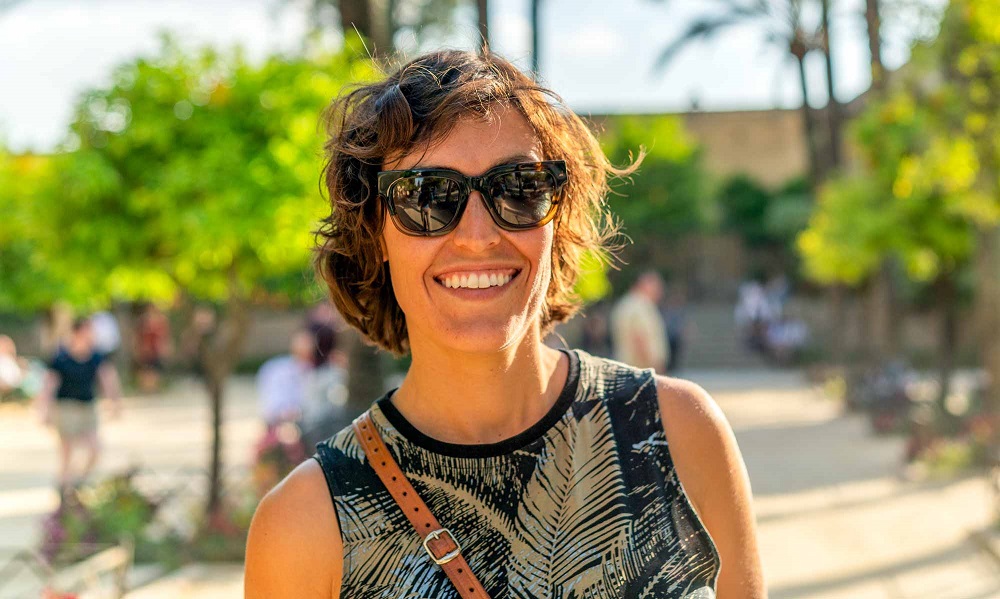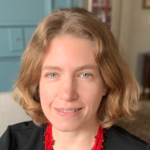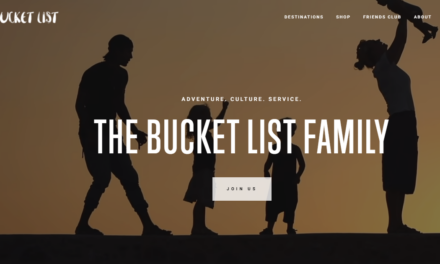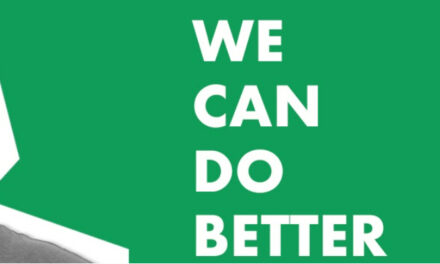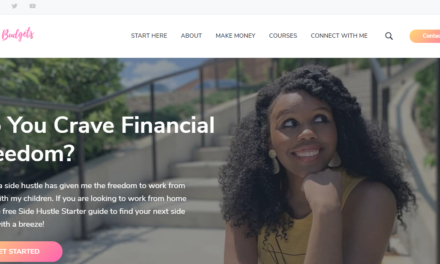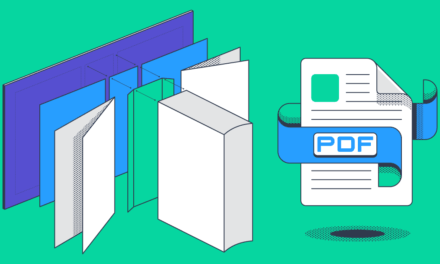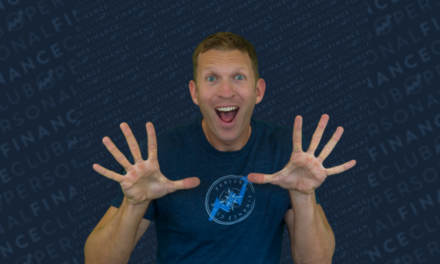Biz: España Guide and Eusko Guide
Entrepreneur: Patricia Palacios
Tilt: Spanish tourism information
Primary Channels: España Guide, Eusko Guide
Other Channels: Instagram (1.7K followers), Facebook (1.6K followers), Twitter (4.1k followers)
Time to First Dollar: Patricia Palacios launched the Eusko Guide in 2012, and it took her 18 months before she regularly started earning a few hundred per month. In 2017, the site reached 1M visitors for the first time.
Rev Streams: Ads and affiliate links
Our Favorite Actionable Advice:
- Be nimble: Make plans for the future, but be willing to change course when needed, Patricia recommends. There have been several occasions when she worked too long on things that never made money (an app project) but ignored other potential sources of income. “I have learned that it is important to be flexible and open to pivot when needed,” she says.
- Don’t expect immediate success: It took Patricia five years before she hit 1M site visitors. Be patient, she counsels. “This is a complex business,” she says, that requires skill in photography, writing, SEO and more.
- Differentiate yourself: There are thousands of travel bloggers out there. She stood out as an expert in the Basque region when few were covering the area (before expanding to the rest of Spain). “You have to have something different,” Patricia recommends. “You have to either have your niche or your perspective.”
All The Story
All Patricia Palacios had to do to double her money from some of the affiliate links on her website was — just ask.
A large part of the Spanish travel blogger’s revenue comes from affiliate links through sales of hotels, rental cars, tickets and tours on her websites. And Patricia saw a money-making opportunity if she did business directly with companies, particularly tour operators and venues, instead of through a larger affiliate program.
So, she started analyzing her traffic, totaling the number of tickets that tourists have purchased for particular destinations or tour operators over time, and then forecasting how that will grow in the future. Then, she reaches out to the businesses, showing them the numbers and demonstrating the value of her website to them.
By building her case, Patricia has convinced some to cut out the middle person and work directly with her on affiliate links. In turn, she’s been able to boost her earnings from 10% to as much as 15% or 20% in affiliate sales with companies she has direct partnerships with. The companies make more money too. In some cases, aware of the popularity of her content, they’ve come to her first with the same proposal.
“What may seem small, in reality, is not that small,” says Patricia, who runs España Guide and Eusko Guide. “It’s a really big difference when you have direct contact with people.”
Too Niche
Patricia’s page views and affiliate sales are of a “certain size” now, but it wasn’t always the case. She launched Eusko Guide in 2012, a tribute to the Basque region of Spain where she grew up. She’d never appreciate the area’s uniqueness until she showed it to her American husband, who inspired her to start the site.
It was just a hobby at first, and Patricia, who was then working in IT in Germany, used her tech skills to build it from scratch. The website slowly grew, and, in 2014, she quit her job to work on it. She had started earning a small, but steady income from Google AdSense, and could see the site taking off. She’d also saved some money to support herself as she built her content business.
But, while she saw its potential, advertisers didn’t. She started contacting tourism companies in the region to advertise without success. “I was way ahead of my time,” she says. “These were small companies, and they had no idea about technology.”
There were other missteps. Using her tech skills, she built an app featuring Bilbao, the Basque region’s most touristy city. But it never took off. “It was too niche,” she says.
Not all was lost. As those efforts stalled, Eusko Guide started earning more and more money from hotel bookings and rental car commissions. As that revenue increased over time, it confirmed to Patricia that she’d made the right choice — leaving the nine-to-five office life that she’d never enjoyed to live the life of a content entrepreneur.
“It was very scary,” she says. “The Spanish culture is much less entrepreneurial than the U.S. culture. In Spain, they teach us to study, study, study; get a university degree; and then you get your office job and you stay there until you retire … It was difficult to explain to my family.”
Gathering and analyzing
For years, everything chugged along as she ensured her content was optimized for search engines. While she has a small social media presence, most people find her through search engines. In early 2020, she launched a new website that covered the entire country of Spain — España Guide.
It was difficult timing. By March 2020, the COVID-19 pandemic grounded any travel, and her earnings plummeted to nearly nothing. Patricia had enough money saved that she didn’t need a monthly paycheck, but she picked up some IT work on the side. She also kept plugging away at her new site — adding more content. By December 2021, traffic picked back up, and the site has grown steadily ever since, she says.
These days, as Patricia is adding content, she’s also looking for expansion opportunities. She’s worked off and on with other writers and stays on top of shifts in algorithms and technology.
Lately, she’s hired translators to translate her pages into new languages. Just like with the affiliate links, she analyzed her website traffic, this time to determine which countries it was coming from, to make her next business move. “By gathering and analyzing all that information, the next three languages in the list are German, Italian and Dutch,” she says.
For newbie travel bloggers, Patricia shares these tips:
Be nimble
Make plans for the future, but be willing to change course when needed, Patricia recommends. There have been several occasions when she worked too long on things that never made money, such as that Bilbao app, but ignored other potential sources of income.
“I learned that it is important to be flexible and open to pivot when needed,” she says. “Now my mindset for prioritizing work is always: What’s the least amount of work that would lead to the biggest payout? It seems like common sense, but it is easy to get carried away without re-evaluating your work frequently.”
Don’t expect immediate success
It took Patricia 18 months before she started earning some regular revenue from her first site, and five years before she hit one million visitors. Be patient, she counsels. “This is a complex business,” she says, that requires skill in photography, writing, SEO and more. “It’s going to take time and effort — many hours,” she says. “But, for me, it’s a different lifestyle, and I enjoy it more than a nine-to-five office job. But it’s not for everyone.”
Differentiate yourself
There are thousands of travel bloggers out there. She stood out as an expert in the Basque region when few were covering the area before expanding to the rest of Spain with the España Guide. “You have to have something different,” Patricia recommends. “You have to either have your niche or your perspective or you have to offer something different.”
About the author
Sarah Lindenfeld Hall is a longtime journalist, freelance writer, and founding editor of two popular parenting websites in North Carolina. She frequently writes about parenting, aging, education, business management, and interesting people doing remarkable things.

